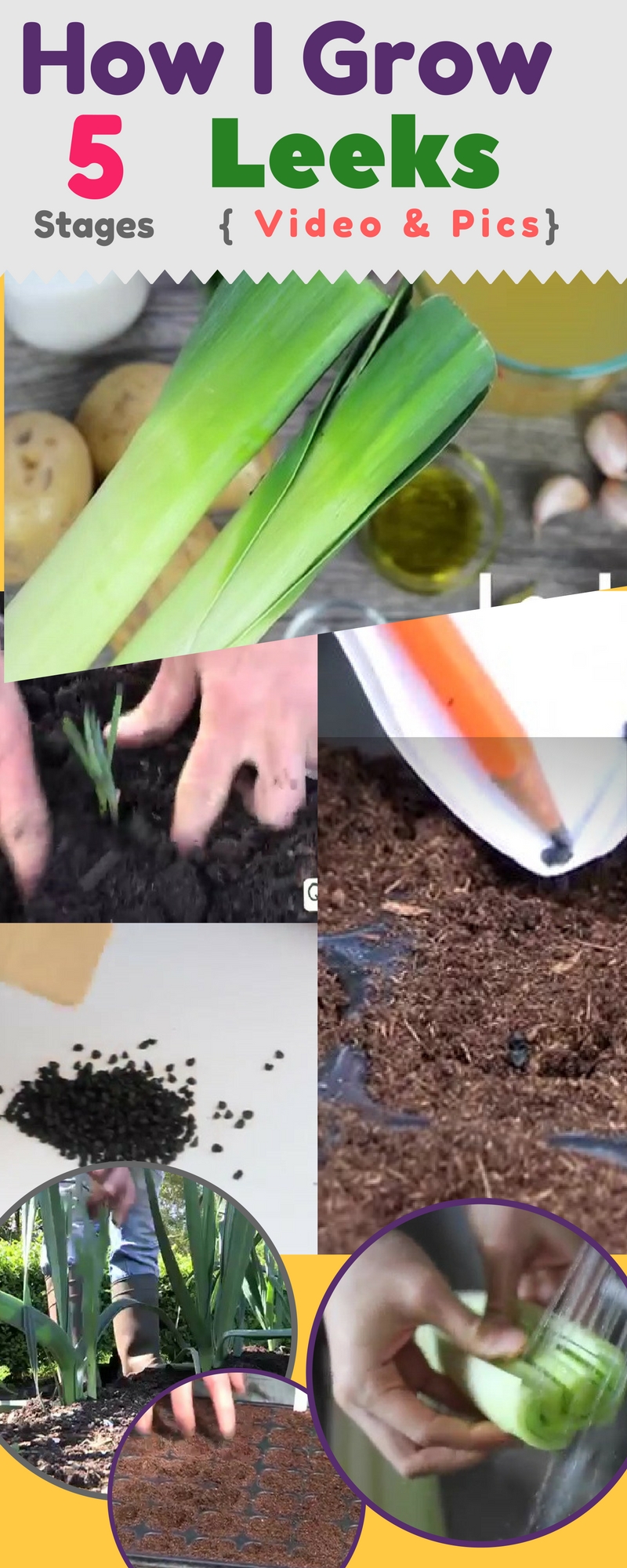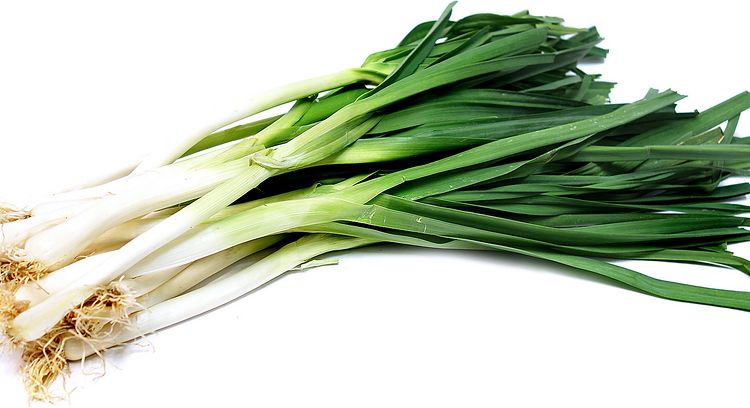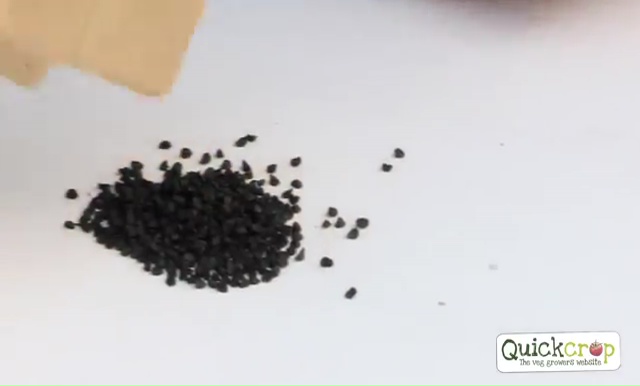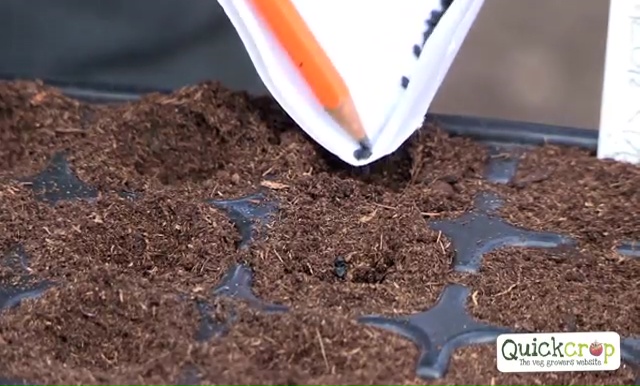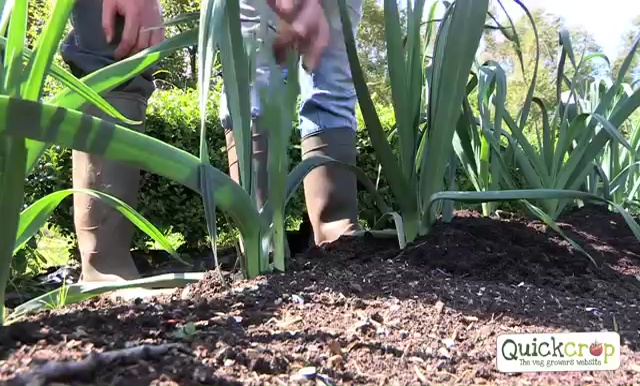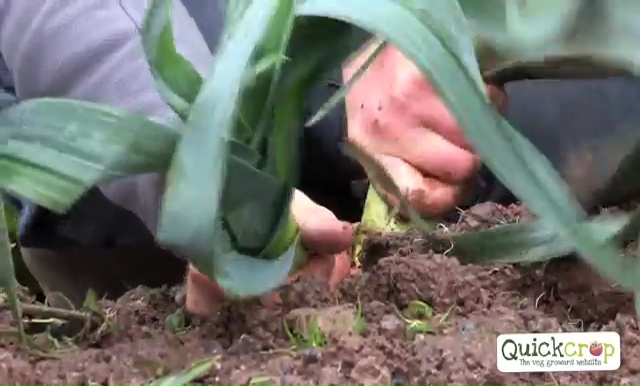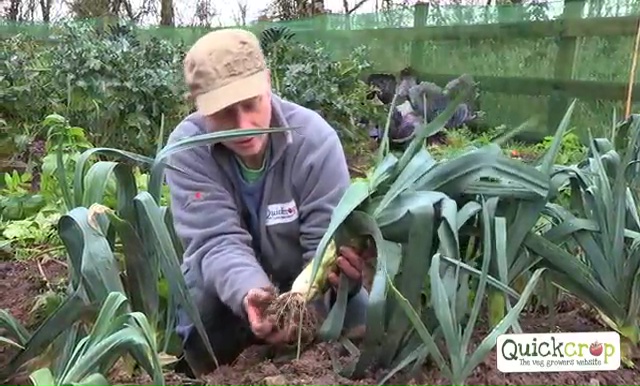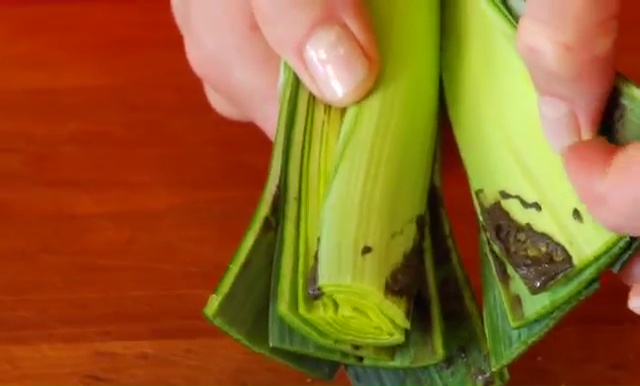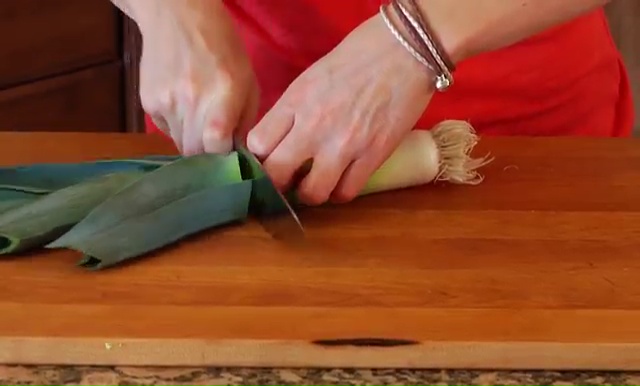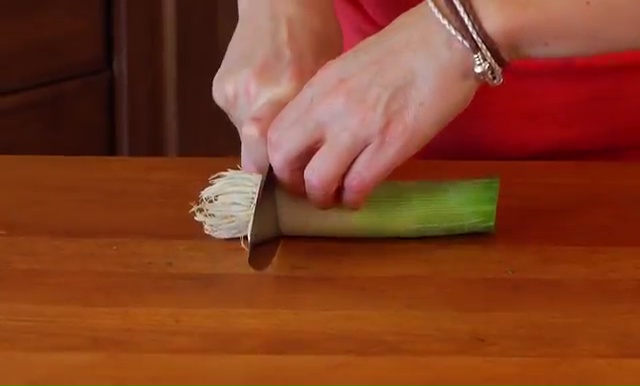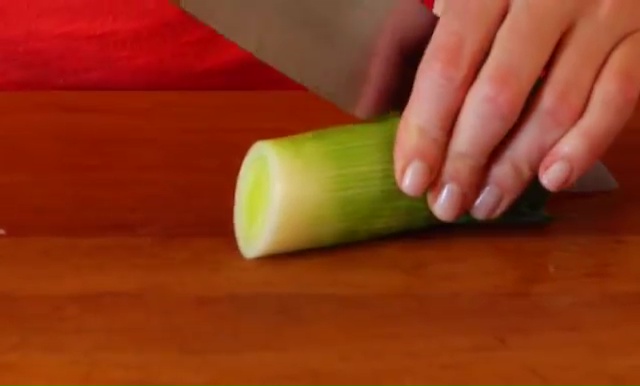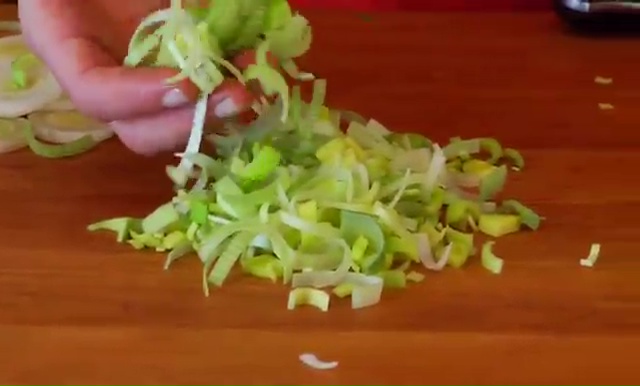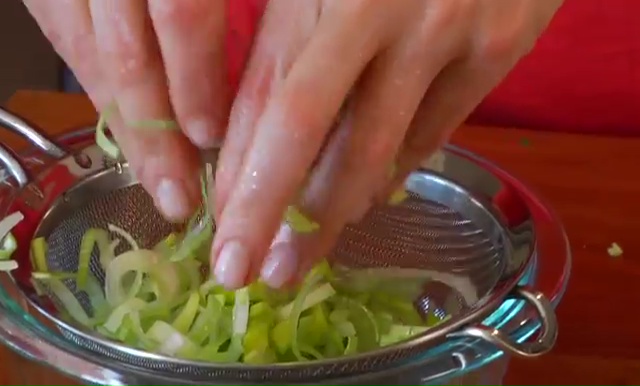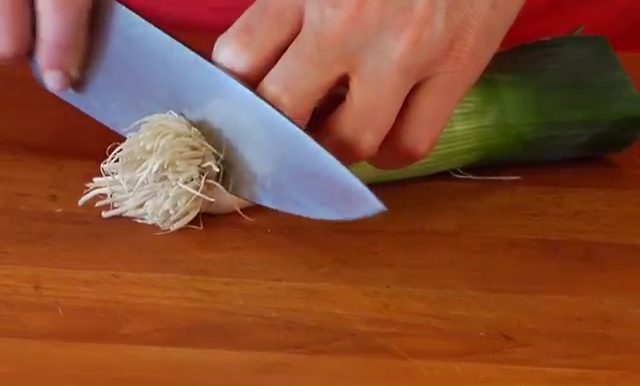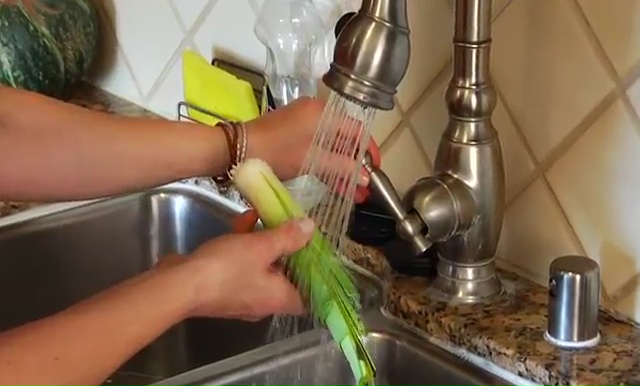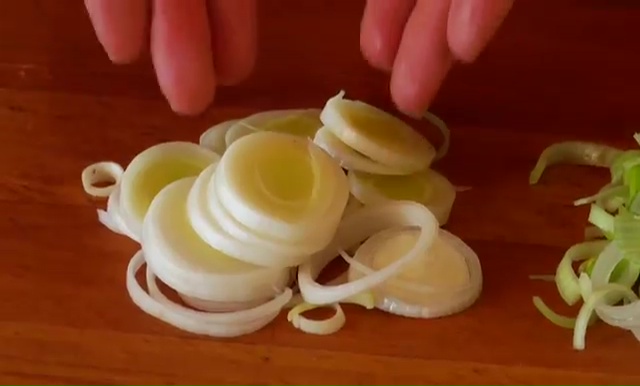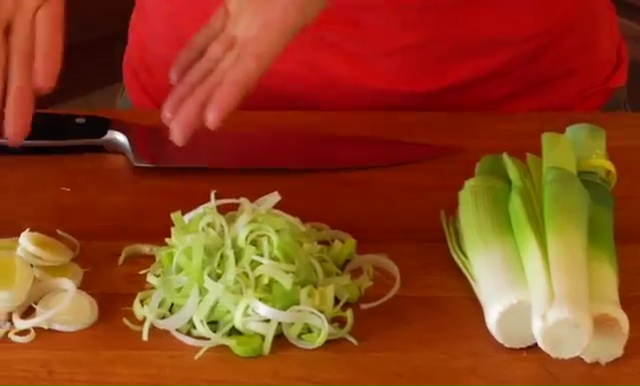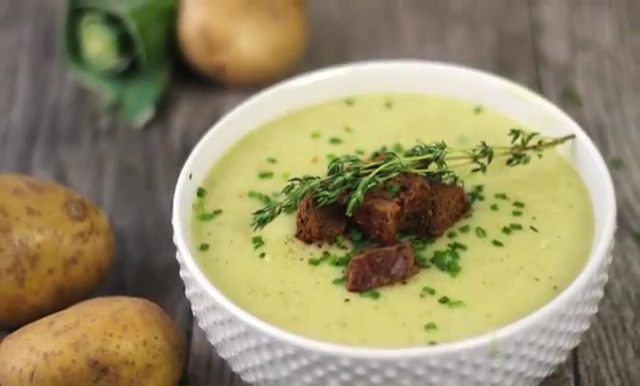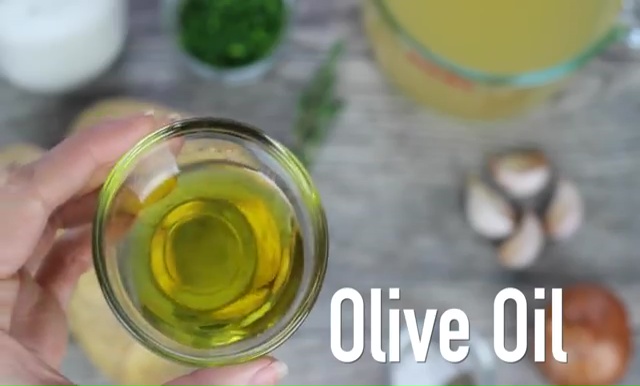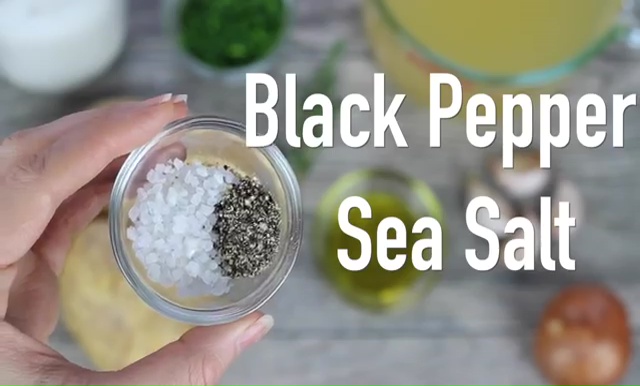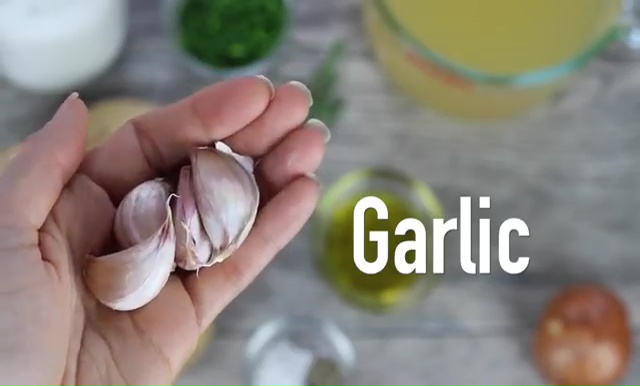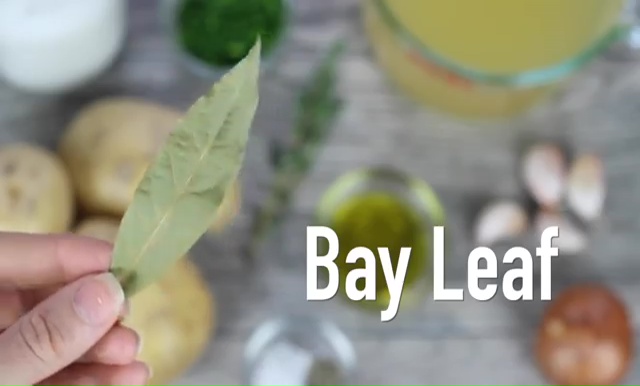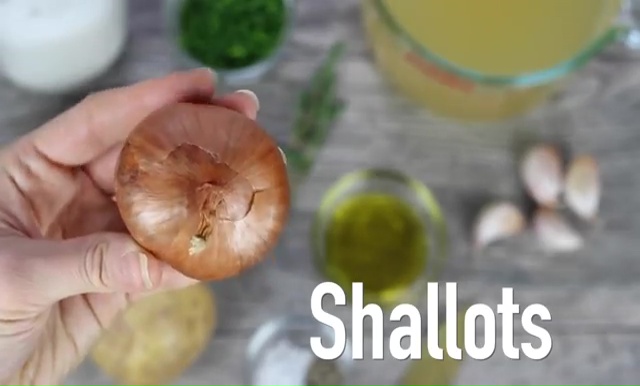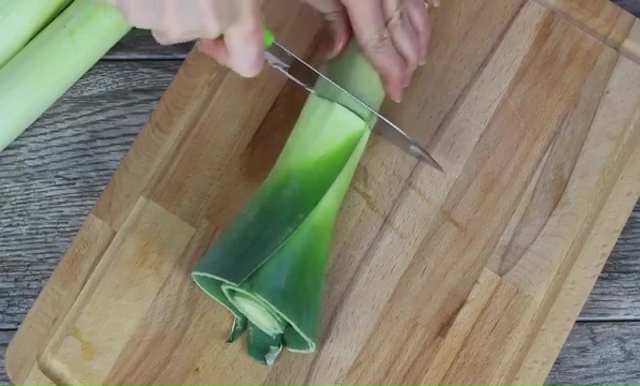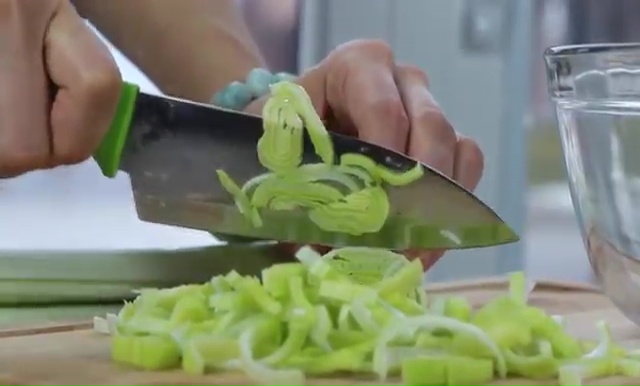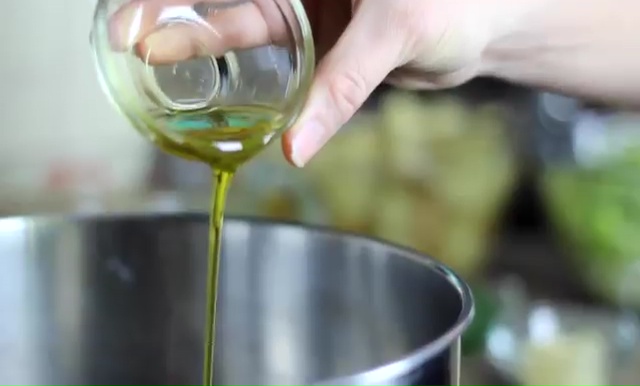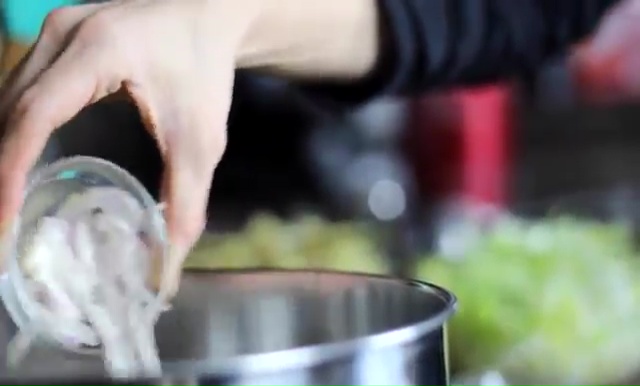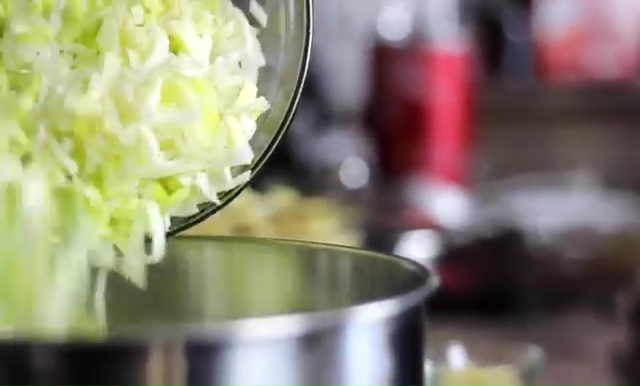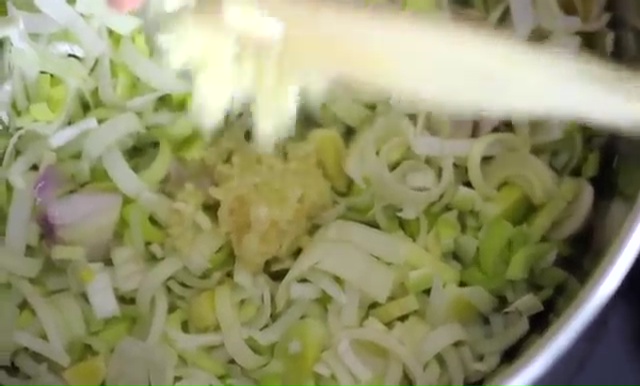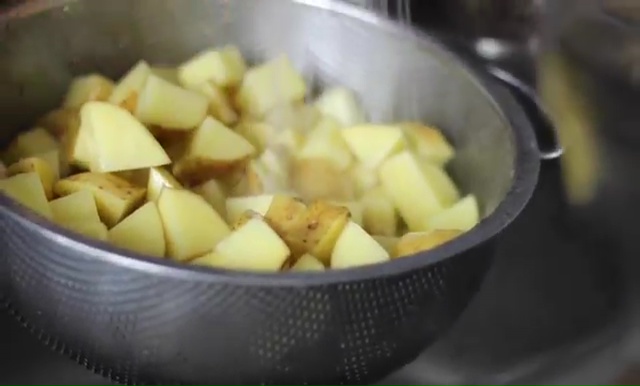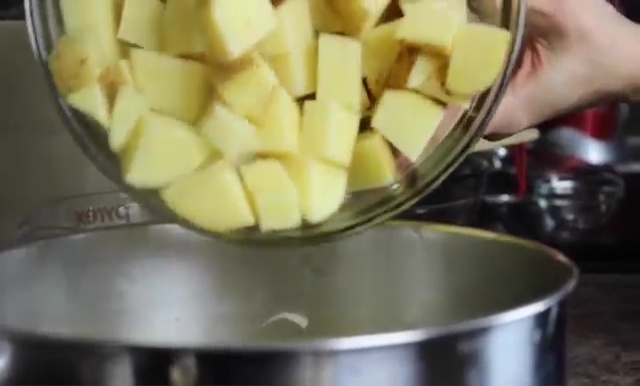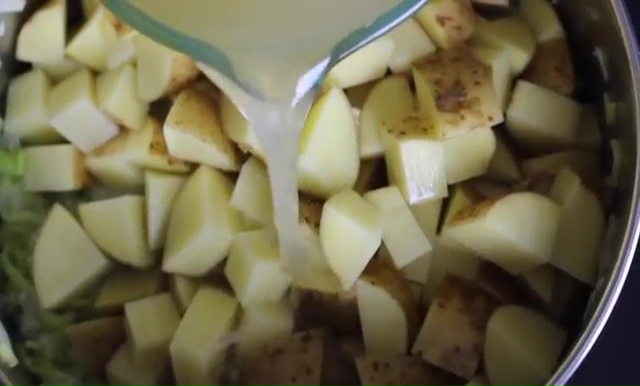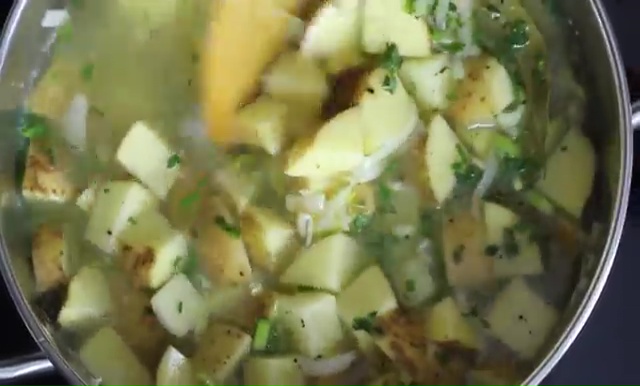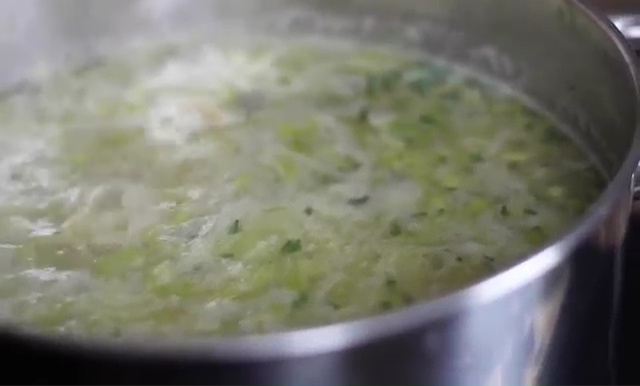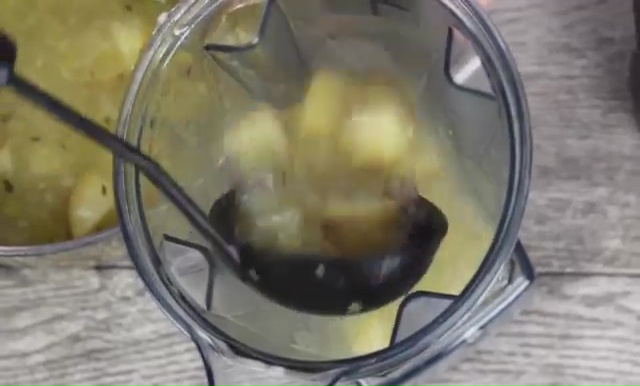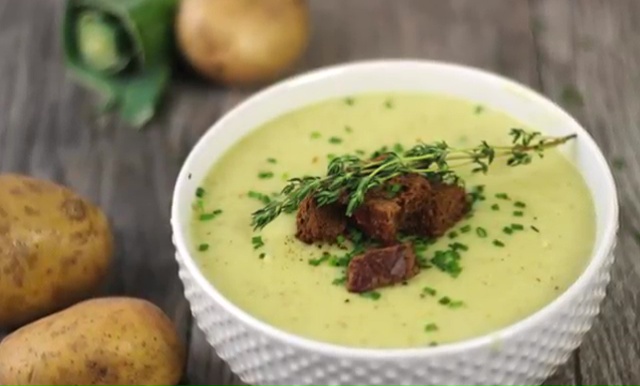Leeks are that one kind of vegetable which has edible leaves along with a bulb like onions. This veggie belongs to the lily family and grows as the Allium Ampeloprasum of the species. It is also considered as the mild part of the onion family and spread great flavor on several food preparations.
The high nutritious quality has made this vegetable hugely popular around the whole world, when, the easy to grow excellence has increased its popularity among the utmost gardeners. If you are also attempting for the leeks cultivation in your own garden area or small indoor garden space, then let’s check out the perfect growing procedure first-
Scroll to bottom for Potato Leek Soup Recipe
How to Grow Leeks:
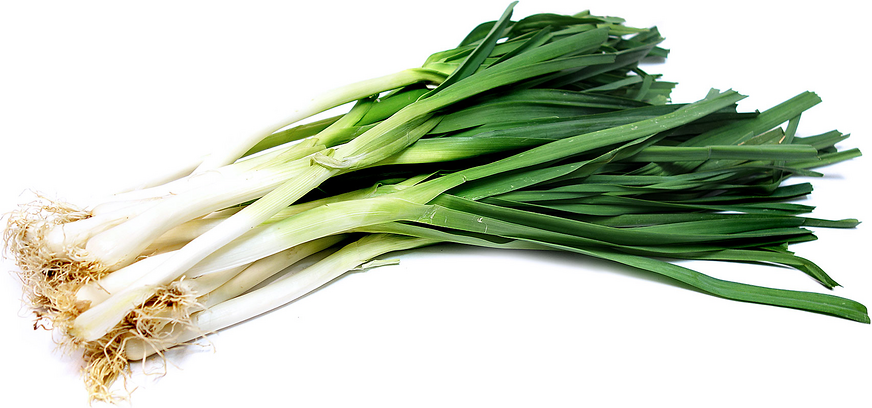
Soil:
- To prepare the soil for sowing leeks, make sure that the soil is loose and contains good drainage system, as leeks need a well-drained system to thrive.
- Make a thick layer of 2 or 3 inches with organic compost from the top of your soil.
- Leeks do well when the pH level of your soil is in between 6.0 to 6.8. Use wood ash or lime to increase the level of pH in your soil. Leeks prefer a slightly acidic soil with more alkalinity.
- This vegetable grows best in nutrient-rich fertile soil; hence make a perfect balance of fertilizer and organic matter in your soil.
- To make the soil loose and keep the drainage system flawless, remove all clumps from the ground and aerate the soil before planting the seeds.
- Leeks are highly nitrogen feeder, thus always use all-purpose fertilizer as they are rich in nitrogen content.
- To decide the perfect quantity of nitrogen measurement in your soil, spread a ½ pound of nitrogen for each 100-square feet of ground or planting area.
- You can plant some good nitrogen base companion plants in your soil as well, to increase the richness naturally.
- Leeks require the warm type of soil to germinate and grow in a healthy way, hence, keep the temperature of your in between 65 ̊ to 70 ̊ F for the foremost times.
Season:
- Leeks need more than half a year to reach the harvesting period thus; you can have this vegetable in both fall or spring time. If you want to get your crops in fall then, plant them in the late spring season, on the other hand, if you want them to harvest in the spring then, stat your plantation from the fall.
- Consequently, begin your plantation 5.5 to 6 weeks before the last frost date.
- Leeks grow magnificently with the temperature of 77 ̊ F around the garden area.
- Though this veggie should plant in the cooler season yet leeks always claim warmer atmosphere to grow, thus choose the sunniest spot of your garden to sow or start the cultivation.
- Although, you can grow and harvest leeks in both the summer and winter season yet, winter leeks are comparatively bigger and starchy than summer leeks.
- However, the exact planting season of leeks depends on it chosen variety.
How to grow leeks from seeds – Quick crop
Planting:
- Leeks do well when you sow the seeds indoors and transplant them after a certain period, as they are delicate at the initial stage and hard to handle!
- Hence, prepare the sunniest and well-drained spot with fertile soil and perfect pH balance in your garden area.
- Now, prepare a seeds tray with loose potting soil and sow the seeds in it.
- To sow them, place one seed in every single section of your tray and press them gently into the soil.
- Then, spread some more potting soil over the top and water them thoroughly.
- Place the tray in a sunny windowsill and wait for the germination.
- When the seedlings reach the height of 6 inches, transplant them in your preselected garden area.
- You can plant your seeds directly in the garden as well if you want to skip the transplanting trouble in the growing process!
- To plant the seeds directly, dig some holes in a row with ½ to 1-inch depth and 6-inch apart in diameter.
- Now, cover the open part with some more fertile or composted soil and water them thoroughly.
- If you are planting them in several rows then, keep at least 1 to 5-foot gap from one row to another.
- If you are transplanting germinated and fully sprouted plants into your garden area then, dig at least 6-inch deep holes to set their roots perfectly into the soil.
- After completing the process efficiently, you need to take appropriate care of your leeks plant till they reach the perfect harvesting stage at the end of the season.
Growing leeks the easy way
Care:
- Mulch your leeks plant immediately after sowing the seeds or transplanting them in your garden area.
- Use organic material like straw or grass clippings to mulch the soil, as they help remarkably to hold the moisture for a long period.
- Use liquid fertilizer to feed your leek plants, especially at the primary stage, as they work even more efficiently than powder fertilizer.
- Leeks need lots of water to form in a healthy form along with the good drainage Hence, try to supply at least an inch of water per week, throughout the whole growing season.
- After the gap of the first month, fertilize them frequently with the 1-inch thick layer of organic manure mix.
- Mounding the soil from the trench and keeping the plants from any kind of weeds are two essential steps of caring your plant.
- You can place a cardboard tube over every plant too, for keeping away the dirt from leek’s leaves and allowing the base of your plant rest in a partial shadow atmosphere.
- Remember that, nitrogen base fertilizer and well drainage system are two key components of having a handful of healthy leeks at the end of your cultivation!
- Now all you need is just protect your plants from the troubleshooting possibilities from any probable way.
Pest and Diseases:
It is obvious that such starchy or pulpy plant would be infected by several pests and diseases during all its growing season. Slug and snails are the common troubles which bother the leek plants to the utmost. In addition, leafminers, onion maggot, thrips, western flower thrips, etc. are some common insects which infect the stems and tubes of leeks often. On the other hand, botrytis leaf blight, damping-off, downy mildew, pink root, purple blotch, white rot, etc. are some typical fungal or bacterial diseases of leek plants
To protect your plants from slugs, use biological control or set traps on your plants, or they become highly devastating and deadly for your plant soon! We would recommend you to use appropriate insecticide sprays on your crops which not only protect the leeks from any kind of flying or creeping insects but, also benefices them naturally! Some plastic base silver colored mulch cloud help you greatly in this endeavor.
Using fungicide liquids on infected plants is one of the commonest attempts to get rid of fungal or bacterial infections. But, some diseases are irremediable thus, it is better if you can supply the perfect circumstance to your plant that never drives your plants near any kind of deadly diseases. Always setting well drainage system, supplying adequate sunlight, giving weeds free well-tilled soil, etc. are some important steps that you should take to get disease free crops.
Harvest and Storage:
Harvest:
- Leeks generally get ready for harvesting after 100 or 120 days of planting.
- When the thickness of the stalks of leeks reaches the height of 3.5 cm in diameter, harvest them from the plant.
- You can even harvest them in tender form as well if you want to use leeks as a scallion.
- Remember that, younger or pre-matured leeks contain less flavor then fully grown leeks.
- To harvest each stalk, dig the soil around the base and pull the plant directly out of the ground.
- Now, take them into your sink and wash the stem finely to remove all the dirt and mud from every single plant, before start the storage process.
Storage:
- If you want to store them for a short period of time, then just place them in a plastic bag and keep it in your refrigerator.
- You can even wrap then in an airtight plastic bag and then place it in your vegetable crisper of your fridge as well.
- For an extended period, separate leaves from the root bulb and place the fresh stems inside a box. Then, simply place it in a much cooler place or the coldest zone in your freezer.
- This way you can actually store leeks for almost 8 weeks continuously!
- The blanching process would be one another nice attempt to store the leeks for a long while.
How to regrow Leeks From Cuttings
How to Grow Leeks from Cuttings in a Container:
- To re-grow from its basal parts, take the bottom part of a healthy leek plant with the length of 4-inches.
- Take a plastic container with 5-gallon capacity and make a proper drainage hole in your container.
- Make sure that you have cut the basal part with roots! Now, take the container with ¾ part of the fertile potting mix and press the cutting gently into the soil by letting 2/3 part deep inside the soil mix.
- Then, sprinkle some water on the soil to make it moist, and wait for a few days. Make the soil moist for the right nourishment of your clippings, but never over water the soil, otherwise, the roots could rot inside the soil!
- After that, place the container in the warmest place of your balcony or a windowsill where the cutting could get at least 6 to 7 hours of full sunlight a day.
- After the gap of 4 days, you will see the outgrown of your clipping from the top.
- Mulch the soil with natural mulching elements to get more benefits from this arrangement.
- Now all you need is just take proper care of your growing leek plant until it reaches the fully grown period.
How to Prepare Leeks: Trim, Clean and Cut Leeks
Courtesy Dani Spices
How to Cook Creamy Potato Leek Soup – Health Nutrition
Coutesy: Health Nut Nutrition Video
FAQ:
How does Leeks Taste?
Leeks are basically related to the spices like onions, garlic or shallots or scallion that comes with a tiny bulb and a long white cylindrical stalk which grows into the tightly wrapped, green colored flat leaves. This vegetable has a taste like mild onion along with a crunchy and firm form. The white part of a leek stalk taste has a stronger flavor than the green content of the leek’s body. You can utilize the stalk in both raw and cooked forms as per your needs, as leeks taste good in both conditions.
How to Clean Leeks?
To clean all the dirt and clay or mud from your garden harvested leeks, you need to wash them in a careful way in which, the leeks should be harmless and clear both! For that, separate the dark green part of the light green or white portion. Now, cut the stalks lengthwise and soak them under the water into a pot. Finally, swish in water and strain them properly, when you feel the leeks look clear and fine.
Best Companion Plants with Leeks:
Leeks are that one type of plant which does well with some particular companion plants. Leek likes its plants from its same species like onion, celery, etc. along with carrots, radish, strawberry, corn, cucumber, lettuce, basil, sunflower, morning glory, okra, tomatoes, nettles, etc. It can’t grow well with celery, potatoes, chamomile, cress parsley, etc.
It is not necessary to always sow a companion plant with your leek seeds; you can skip that part anytime you want! But, remember that the good companion plant could provide you various advantages at once!
How to Grow Leeks and Cook Potato Leek Soup
